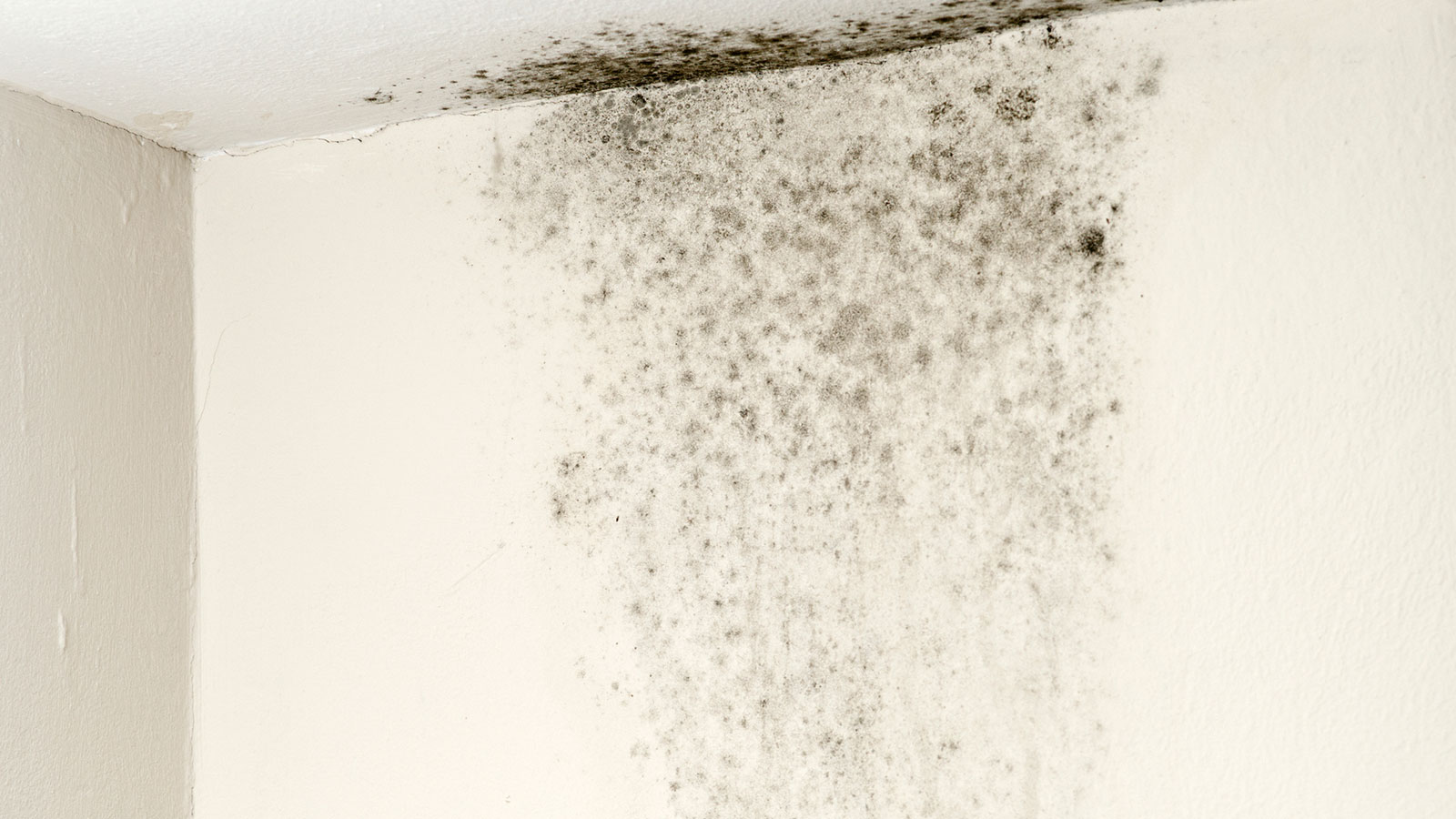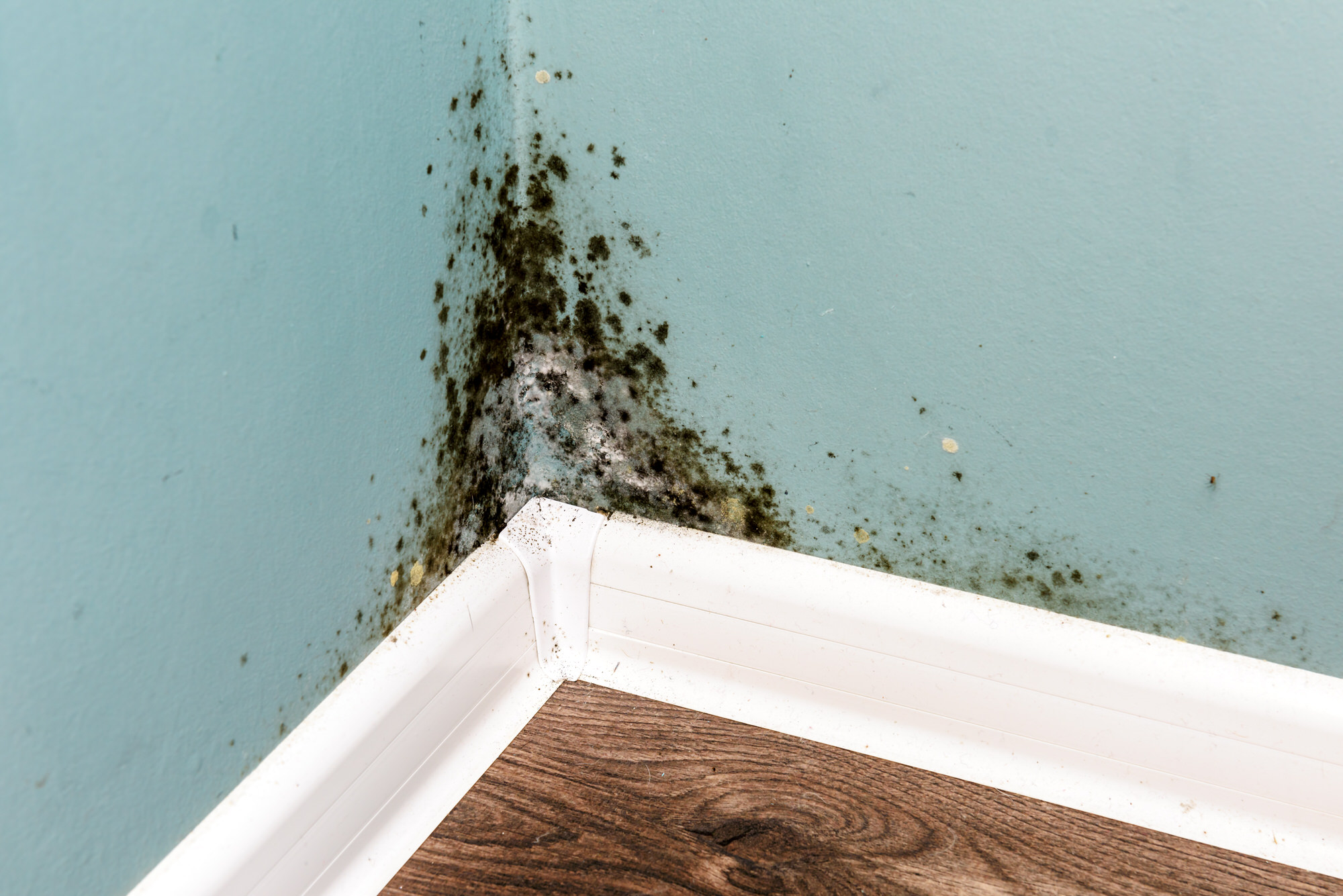Understanding Black Mold

Black mold, a common household problem, poses significant health risks, particularly when found in bedrooms. This fungus, often found in damp and humid environments, can lead to various health issues, impacting the well-being of individuals.
Health Risks Associated with Black Mold Exposure
Exposure to black mold can trigger a range of health problems, especially in sensitive individuals.
- Respiratory Issues: Black mold can trigger asthma attacks, worsen existing respiratory conditions, and cause symptoms like coughing, wheezing, and shortness of breath.
- Skin Irritation: Contact with black mold can lead to skin irritation, rashes, and even allergic reactions.
- Allergies: Mold spores can trigger allergic reactions, causing symptoms like sneezing, runny nose, itchy eyes, and skin rashes.
- Neurological Effects: Some studies suggest a link between black mold exposure and neurological issues, such as headaches, fatigue, and cognitive impairment.
Types of Black Mold and Their Characteristics
Black mold is a broad term that encompasses several species, each with distinct characteristics.
- Stachybotrys chartarum (Black Mold): This species is commonly found in damp environments and produces mycotoxins, which are toxic substances that can cause serious health problems.
- Aspergillus niger: This species is known for its black, velvety appearance and is often found on food, decaying materials, and in indoor environments.
- Cladosporium: This species is one of the most common molds found indoors and outdoors. It is known for its dark green or brown coloration and can cause allergic reactions.
Factors Contributing to Black Mold Growth in Bedrooms, Black mould in bedroom
Black mold thrives in damp and humid environments, and bedrooms are particularly susceptible due to factors such as:
- Humidity: High humidity levels create an ideal environment for mold growth.
- Moisture: Leaky pipes, condensation, and water damage can introduce moisture, fostering mold growth.
- Poor Ventilation: Lack of proper ventilation can trap moisture, creating a conducive environment for mold to flourish.
- Temperature: Warm temperatures, particularly in poorly ventilated bedrooms, can accelerate mold growth.
Identifying and Inspecting Black Mold

Black mold, also known as Stachybotrys chartarum, is a type of fungus that can grow in damp, humid environments. It’s crucial to identify and address black mold in bedrooms as it poses serious health risks, especially for individuals with respiratory issues or allergies. This section will guide you through the process of identifying and inspecting black mold in your bedroom, empowering you to take appropriate action.
Visual Inspection and Smell
Visually inspecting your bedroom for black mold is the first step. Black mold typically appears as dark, greenish-black, or even gray patches on surfaces like walls, ceilings, carpets, and furniture. The mold may have a slimy or fuzzy texture. However, it’s important to remember that not all black patches are necessarily black mold. Other substances like dirt or soot can resemble mold, so it’s crucial to rely on other indicators.
The characteristic musty, earthy, or even pungent odor associated with black mold is a significant sign. If you notice a strong, unpleasant smell in your bedroom, especially in damp areas, it’s essential to investigate further.
Mold Testing Kits and Professional Inspections
While visual inspection and smell can provide initial clues, using a mold testing kit can confirm the presence of black mold. These kits are available online and at home improvement stores. They typically involve collecting air or surface samples and sending them to a laboratory for analysis.
For more comprehensive and accurate results, consider hiring a professional mold inspector. A qualified inspector will conduct a thorough assessment of your bedroom, identifying potential mold growth areas and determining the extent of the problem. They will also provide recommendations for remediation.
Documenting the Presence of Black Mold
Documenting the presence of black mold is essential for several reasons. Firstly, it provides a record of the problem, which can be helpful for insurance claims or legal disputes. Secondly, it allows you to track the effectiveness of remediation efforts.
Take clear photographs of the mold growth, including close-ups of the affected areas. Include details like the date, location, and any associated symptoms you may be experiencing. You can also create a written log detailing your observations and any actions taken.
Inspecting Hard-to-Reach Areas
Inspecting for black mold in hard-to-reach areas like behind furniture or under carpets can be challenging but crucial. You can use a flashlight and a mirror to illuminate these areas. Carefully move furniture to check for mold growth.
If you suspect mold growth under carpets, consider lifting a corner of the carpet to inspect the subfloor. However, avoid disturbing the carpet too much as this can spread mold spores.
It’s important to remember that black mold can grow in hidden areas, so a thorough inspection is crucial.
Preventing and Removing Black Mold: Black Mould In Bedroom

Black mold, a ubiquitous and persistent threat in homes, poses significant health risks, particularly in bedrooms where we spend a considerable amount of time. Mold thrives in damp environments, making bedrooms susceptible to its growth. To ensure a safe and healthy living space, it is crucial to understand how to prevent and remove black mold effectively.
Preventing Black Mold Growth
Preventing black mold growth in bedrooms requires a proactive approach, focusing on controlling moisture and promoting proper ventilation. By implementing these measures, you can create an environment that is less hospitable to mold growth.
- Maintain Adequate Ventilation: Proper ventilation is essential for removing excess moisture from the air, which can create favorable conditions for mold growth. Ensure that your bedroom has adequate ventilation by opening windows or using exhaust fans during and after showers, cooking, or any activity that generates moisture. A well-ventilated bedroom will help to prevent the buildup of humidity, reducing the risk of mold growth.
- Control Moisture Sources: Identifying and addressing moisture sources is crucial for preventing black mold. Leaks in pipes, roofs, or windows can create damp spots that attract mold. Repair any leaks promptly to prevent water damage and subsequent mold growth. Additionally, ensure that your bathroom is properly ventilated and that water is not allowed to pool on floors or in sinks. Regularly check for signs of leaks or moisture buildup and address them immediately to prevent mold from taking hold.
- Regular Cleaning and Maintenance: Regular cleaning and maintenance play a vital role in preventing black mold growth. Vacuum and dust your bedroom regularly, paying particular attention to corners and crevices where mold can easily accumulate. Clean spills and messes promptly to prevent moisture buildup. Consider using a damp cloth with a mild detergent to wipe down surfaces, especially in areas prone to moisture, such as windowsills and baseboards. By keeping your bedroom clean and free of dust and debris, you can significantly reduce the risk of mold growth.
Removing Black Mold
Once black mold has taken hold, it’s crucial to remove it effectively to prevent health risks and further damage. The approach to mold removal depends on the extent of the infestation. Small areas of mold can often be addressed with DIY solutions, while larger infestations may require professional remediation.
- DIY Mold Removal: For small areas of black mold, DIY removal methods can be effective. Start by wearing protective gear, including gloves, a mask, and eye protection, to minimize exposure to mold spores. Prepare a solution of bleach and water (1 part bleach to 10 parts water) or a commercially available mold cleaner. Apply the solution to the affected area and scrub gently with a brush. Allow the solution to sit for 10-15 minutes before rinsing thoroughly with water. Dry the area completely to prevent moisture buildup and future mold growth. Remember that bleach can damage some surfaces, so test it in an inconspicuous area before applying it to the entire surface. If the mold is extensive or persistent, it’s advisable to seek professional help.
- Professional Remediation: For larger infestations or when dealing with mold in areas like crawl spaces or attics, professional remediation is highly recommended. Professional mold remediation companies have the expertise and equipment to safely and effectively remove mold, ensuring that the underlying cause of the infestation is addressed. They will use specialized techniques to remove mold from porous materials and ensure proper drying and ventilation. Professional remediation can prevent the spread of mold and minimize the risk of health complications.
Mold-Killing Products
Various mold-killing products are available on the market, offering different levels of effectiveness and safety. When choosing a mold-killing product, consider its effectiveness against black mold, its safety for humans and pets, and its application methods.
- Bleach: Bleach is a widely used and effective mold-killing agent. It is readily available and relatively inexpensive. However, bleach can damage certain surfaces, so it’s crucial to test it in an inconspicuous area before applying it to the entire surface. Bleach should be diluted with water (1 part bleach to 10 parts water) before application. Ensure adequate ventilation when using bleach, as it releases fumes that can irritate the eyes and respiratory system.
- Borax: Borax is a natural mineral that can effectively kill mold. It is generally considered safe for humans and pets when used as directed. Borax can be mixed with water to create a cleaning solution or sprinkled directly onto affected areas. Allow the solution or powder to sit for several hours before wiping it away. Borax can be used on a variety of surfaces, including wood, tile, and grout.
- Tea Tree Oil: Tea tree oil is a natural antifungal agent that can effectively kill mold. It is generally considered safe for humans and pets when diluted properly. Mix a few drops of tea tree oil with water or a carrier oil like coconut oil to create a cleaning solution. Apply the solution to the affected area and allow it to sit for several minutes before wiping it away. Tea tree oil can be used on a variety of surfaces, including wood, tile, and grout.
Addressing the Underlying Cause
While removing black mold is essential, it’s equally important to address the underlying cause of its growth to prevent recurrence. This involves identifying and eliminating moisture sources, improving ventilation, and maintaining a clean and dry environment. Failure to address the underlying cause can lead to persistent mold growth, posing ongoing health risks and requiring repeated remediation efforts.
Black mould in bedroom – Ugh, black mold in the bedroom? Not cool! It’s time to ditch that damp, dreary vibe and give your space a fresh start. Instead of just scrubbing, why not consider a whole new look? Check out these amazing wallpaper for bedroom decoration options that can instantly transform your room.
You’ll be surprised how a little pattern and color can make you forget all about that pesky mold!
Black mould in the bedroom? Ugh, that’s a real buzzkill! While you’re tackling that moisture issue, maybe consider adding a touch of elegance with a sleek black bedroom vanity with mirror. This guide can help you find the perfect one to elevate your space.
Just remember, a stylish vanity won’t do much good if you’re still battling mould, so keep that humidity under control!
